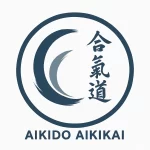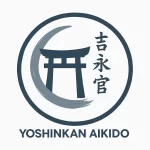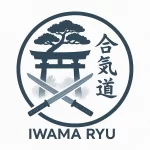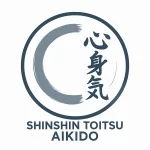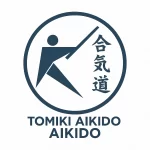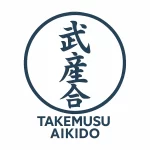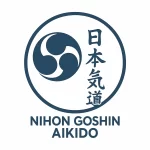Aikido
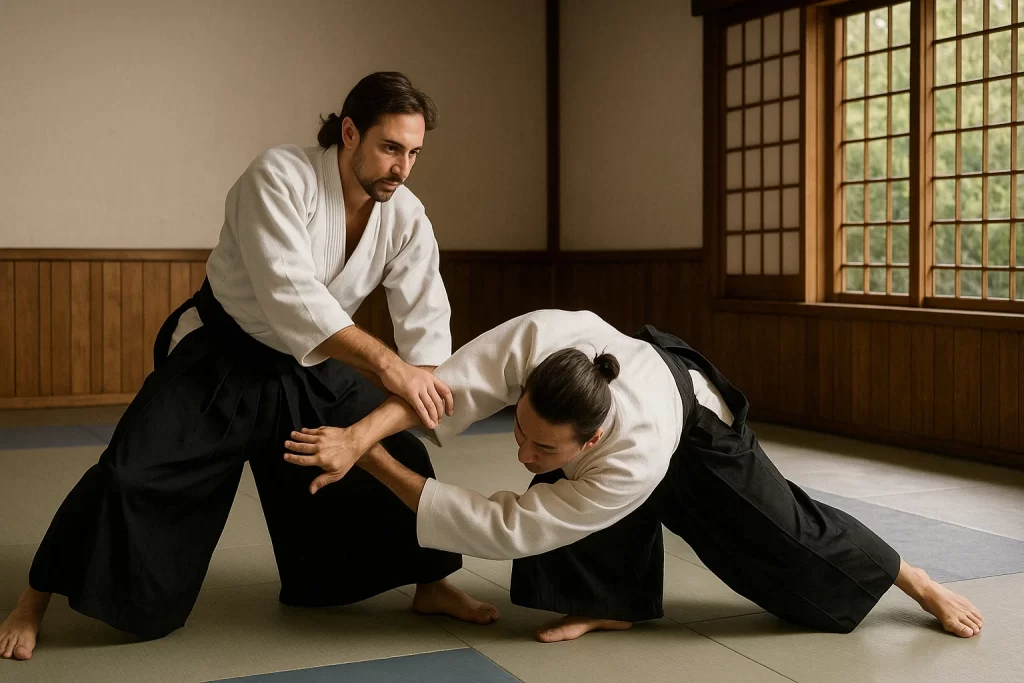
Aikido is a Japanese martial art focused on redirecting an opponent’s energy using joint locks and throws. It emphasizes harmony, balance, and non-violent resolution of conflict.
Recent posts
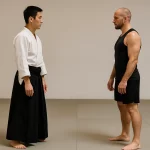
Aikido vs. Vale Tudo: Strategic and Cultural Differences
What happens when an art of harmony faces a method of survival? In this rare comparative exploration, we delve into the worlds of Aikido and Vale Tudo—two martial paths that could not seem more different. One flows with the stillness of breath and balance; the other explodes with the urgency of real combat. But beneath the surface, both reveal deep truths about fear, control, presence, and the human spirit. Whether you’re drawn to circles of redirection or fists of resolve, this article will make you see martial arts—and perhaps yourself—in a new light.
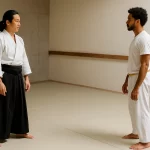
Aikido vs. Capoeira: Strategic and Cultural Differences
What happens when stillness meets rhythm? When the silent, centering movements of Aikido encounter the vibrant, pulsing game of Capoeira, a profound contrast unfolds—revealing two paths to harmony that couldn’t be more different. This article dives deep into the strategic, cultural, and spiritual distinctions between these martial arts, exploring not just how they train the body, but how they shape the soul. If you’ve ever wondered whether peace lies in yielding or in spinning, in silence or in song—this exploration is for you.
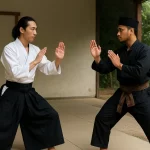
Aikido vs. Silat: Strategic and Cultural Differences
What happens when the flowing serenity of Aikido meets the raw adaptability of Silat? In this deep, reflective comparison, we explore two martial arts that could not look more different in form—yet share a hidden kinship in spirit. From silent dojos to jungle-born training grounds, this article offers a rare philosophical and strategic insight into the essence of harmony and survival. Discover how each style shapes its practitioners not just on the mat, but in everyday life, conflict, and cultural memory.
Aikido Essentials
About Aikido
Aikido is a Japanese martial art that focuses on harmony, redirection, and non-resistance. It uses circular movements, joint locks, and throws to neutralize aggression.
History of Aikido
Founded by Morihei Ueshiba in the early 20th century, Aikido evolved from traditional jujutsu and swordsmanship, shaped by spiritual influences such as Shinto and Omoto-kyo.
Philosophy & Principles
Aikido emphasizes non-violence, self-development, and unity with the attacker’s movement. Its philosophy seeks peaceful resolution and personal harmony.
Key Figures
Learn about founder Morihei Ueshiba, his son Kisshomaru Ueshiba, and early students like Koichi Tohei and Morihiro Saito, who shaped Aikido’s global spread.
Global Presence
Aikido is practiced in over 100 countries with organizations like Aikikai, Yoshinkan, and independent federations supporting its global teaching.
Relation to Other Arts
Aikido shares roots with jujutsu, kenjutsu, and Daito-ryu. Its flowing, non-competitive nature sets it apart from sport-based martial arts.
Aikido Glossary
Understand terms like uke, nage, irimi, tenkan, and kokyu, central to Aikido techniques and training language.
Media & Culture
Aikido has appeared in documentaries, books on martial philosophy, and films featuring Steven Seagal. It is often portrayed as a peaceful, refined art.
Travel Guide
Visit Aikido Hombu Dojo in Tokyo, attend international seminars, or train in traditional Japanese dojos across the country.

